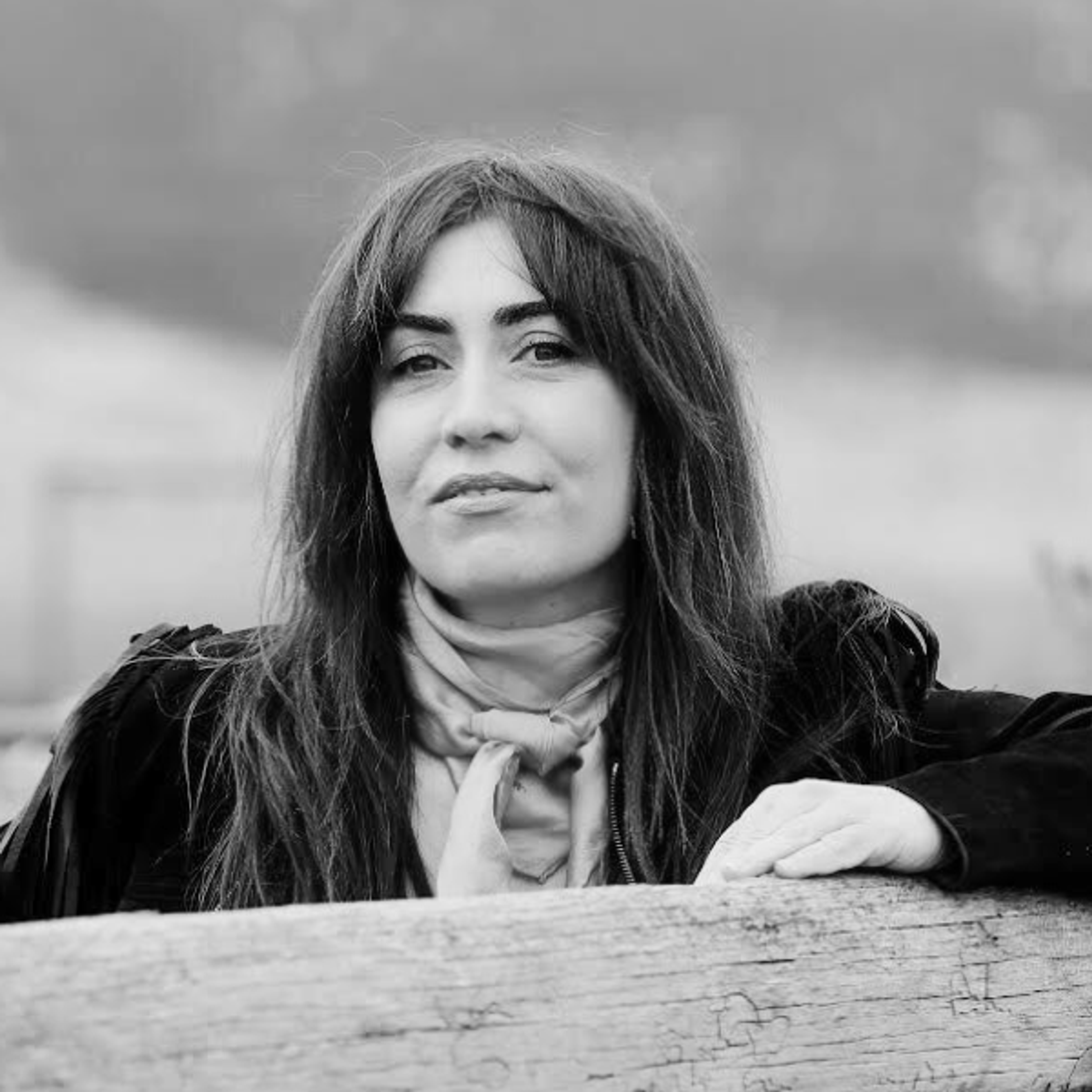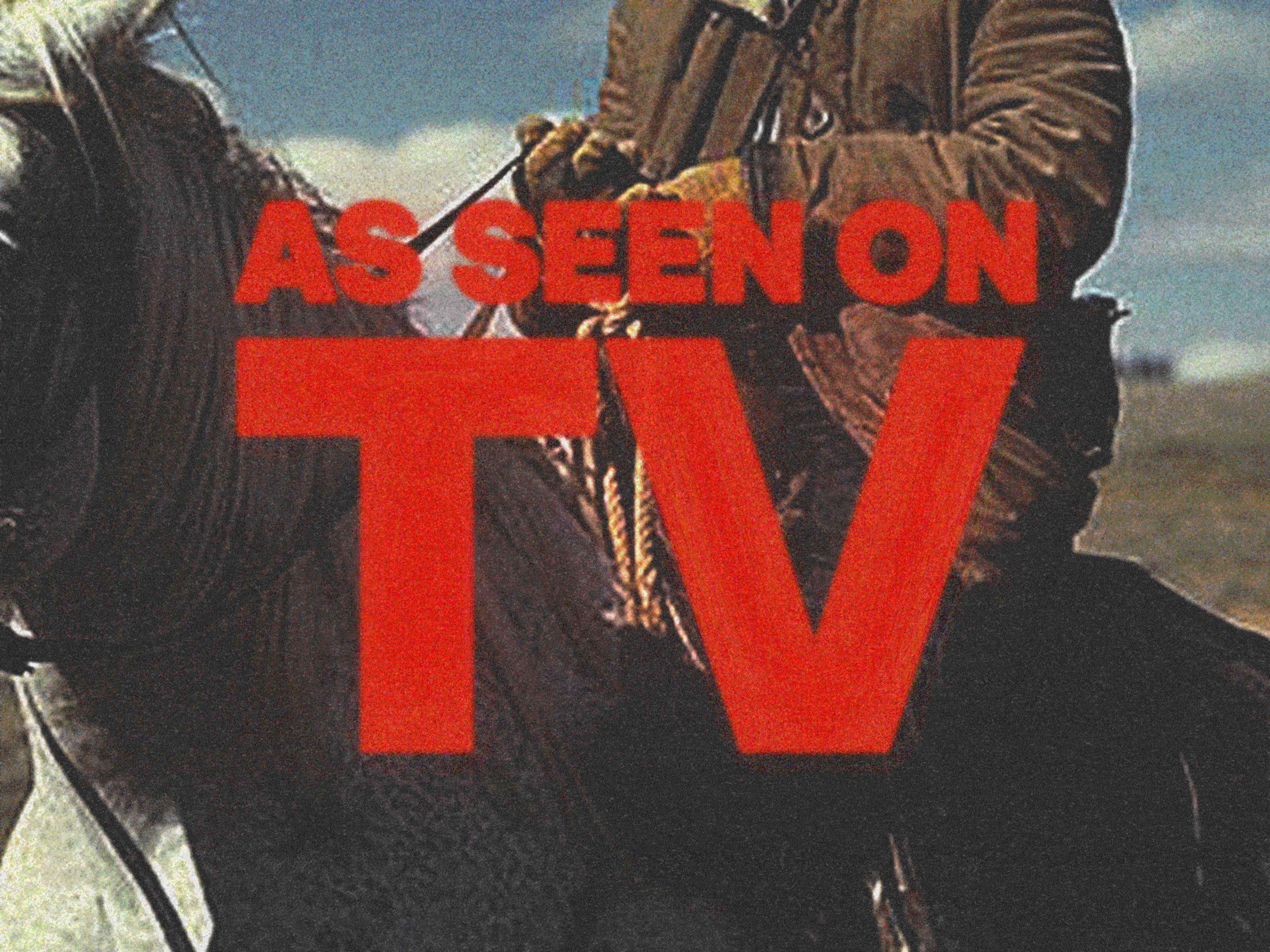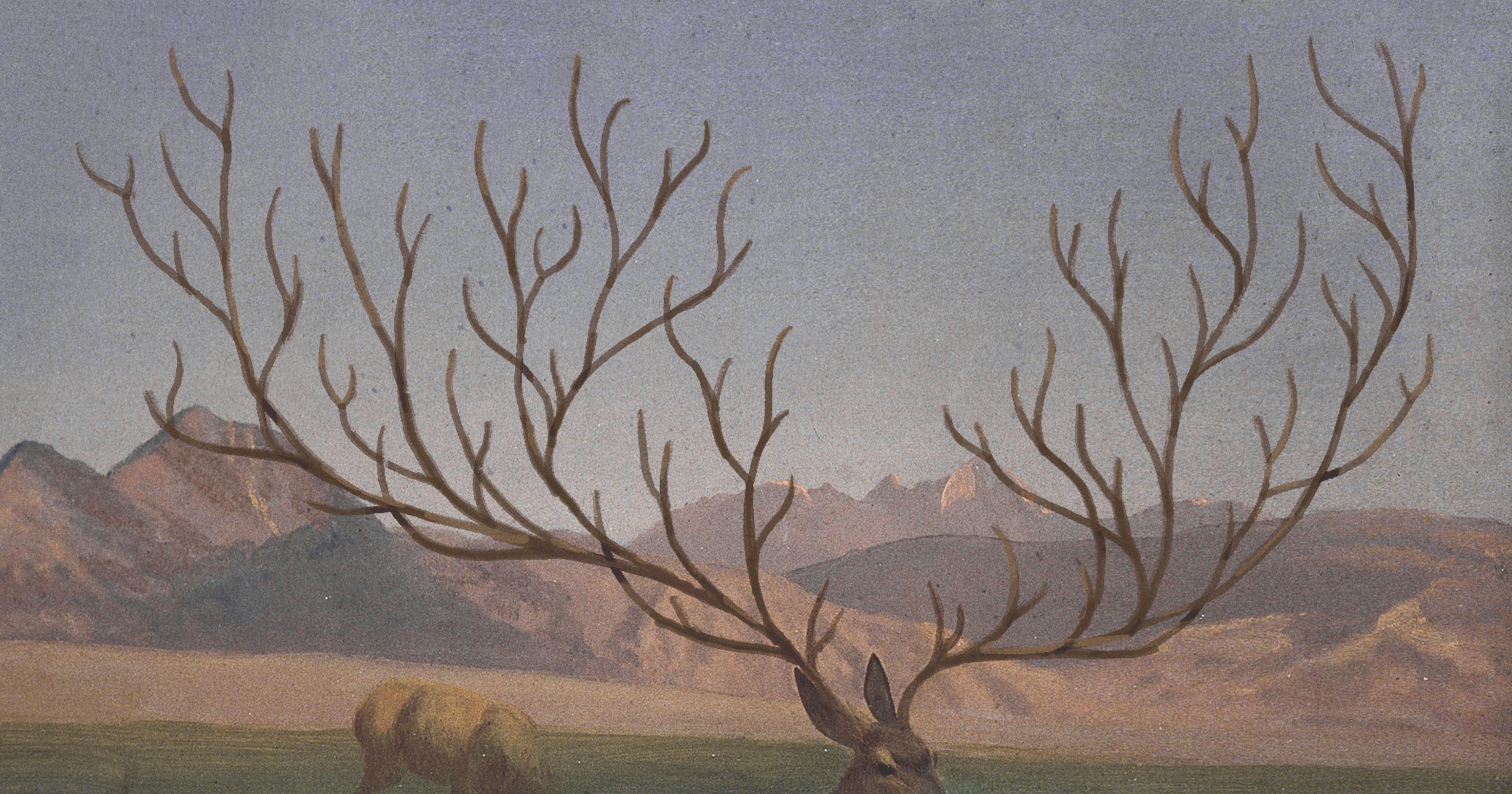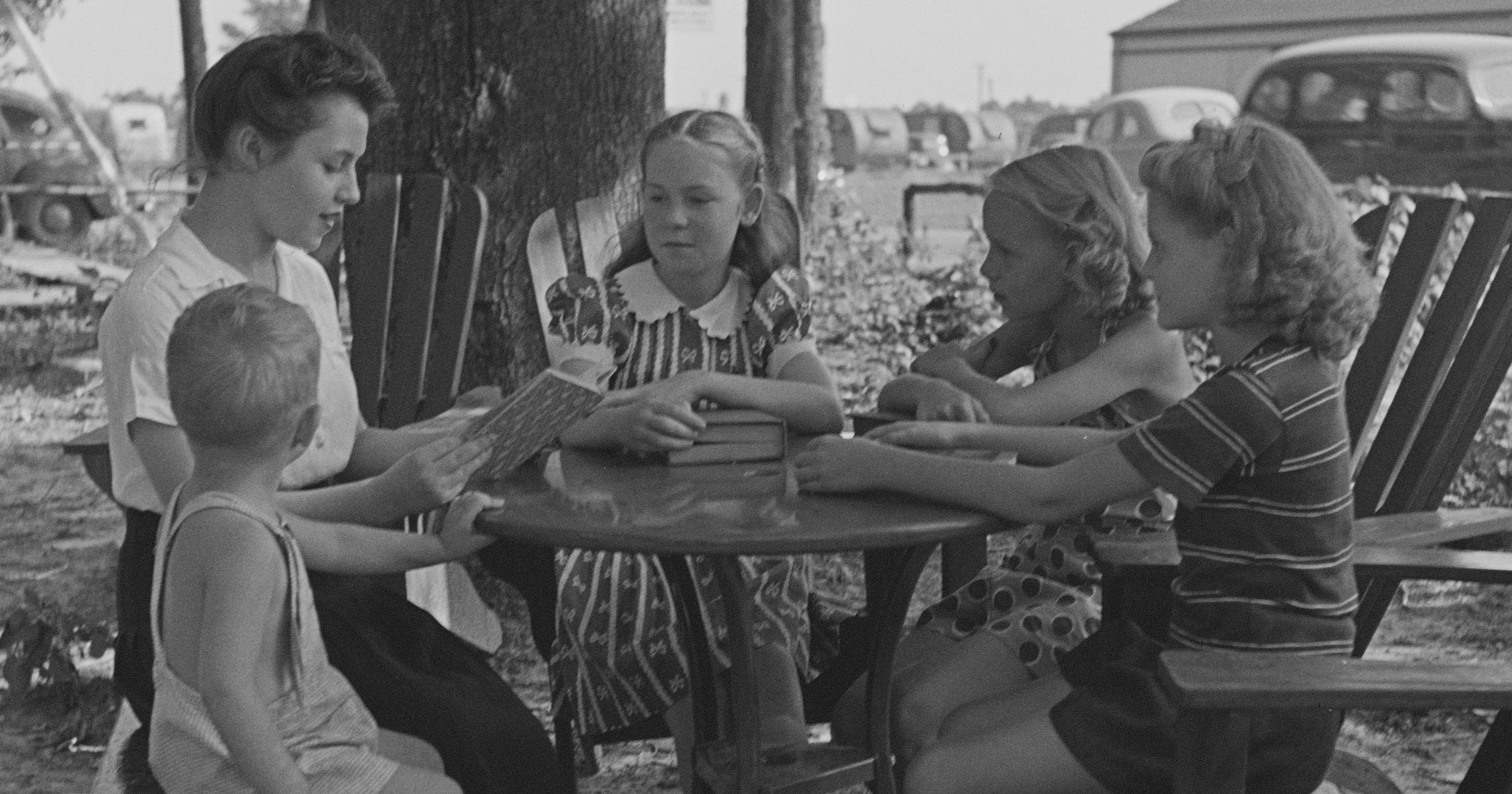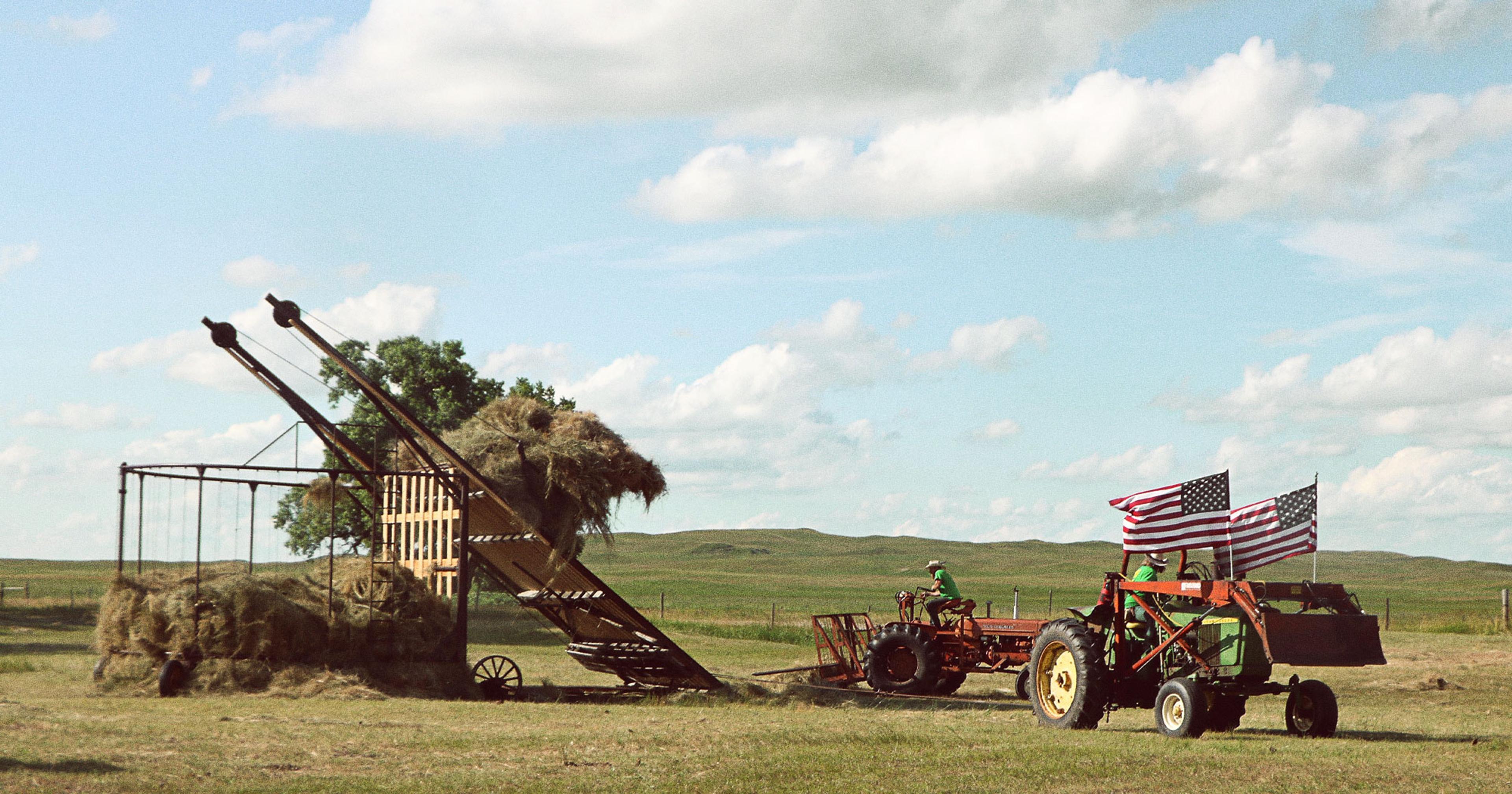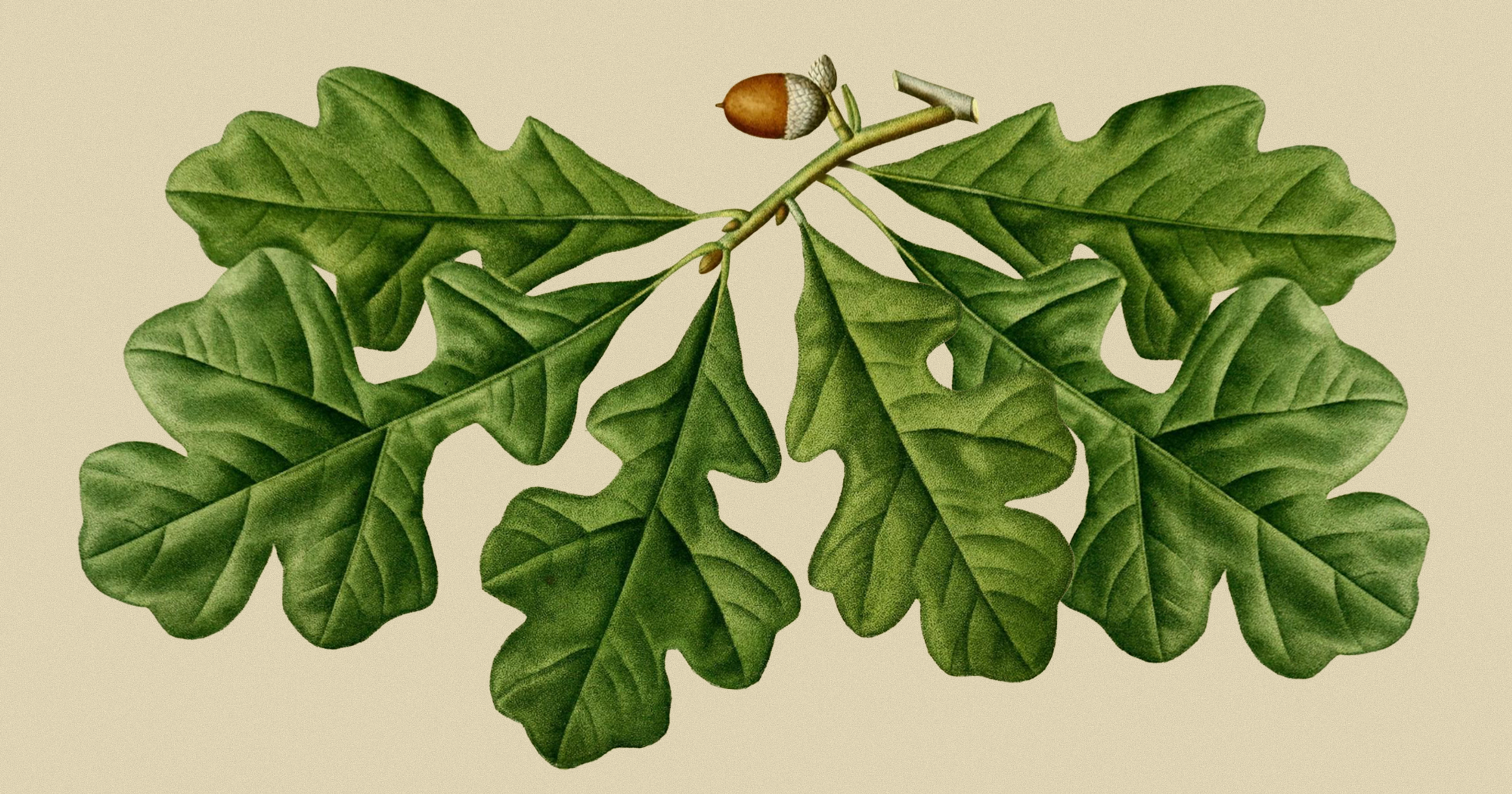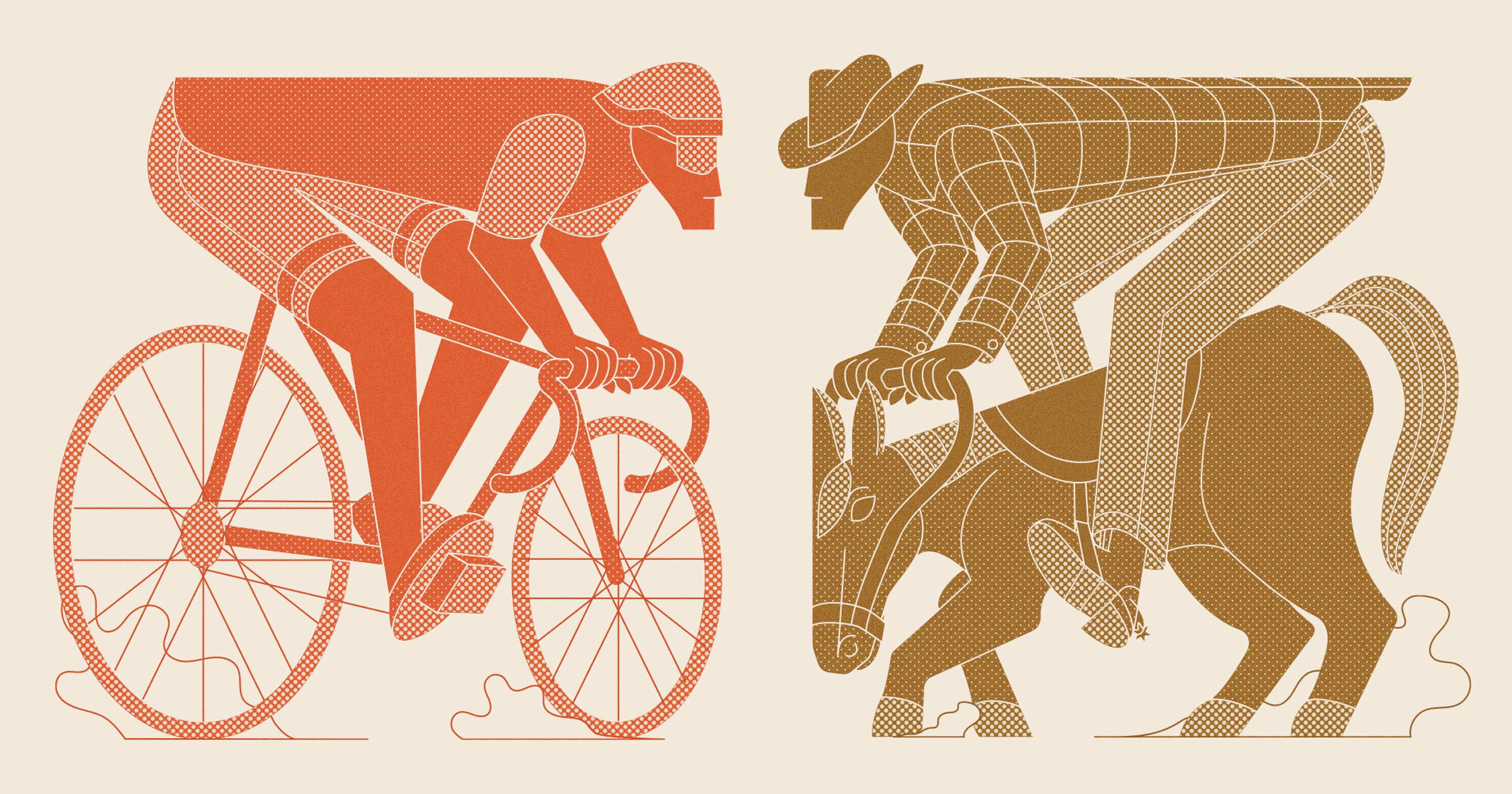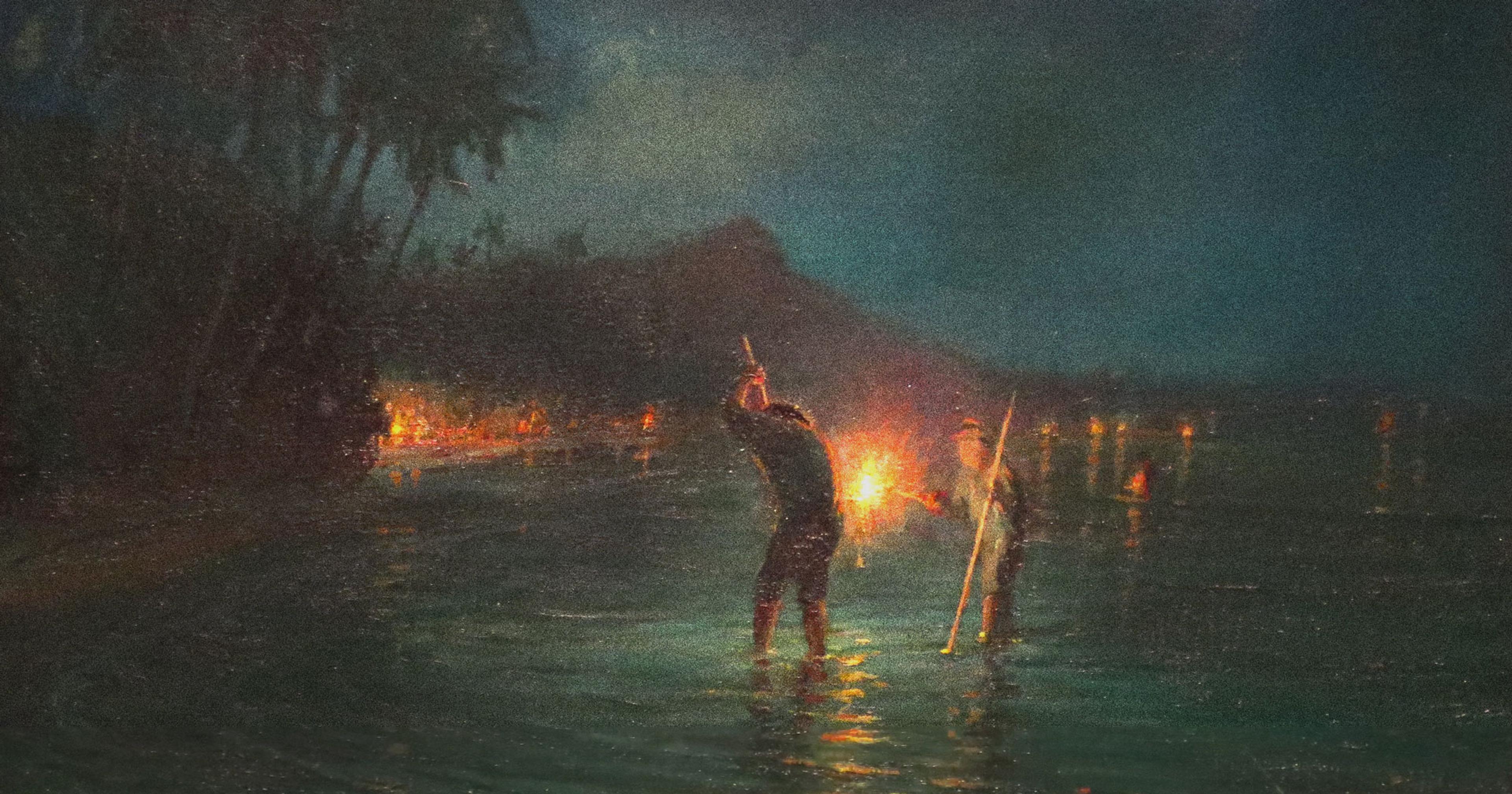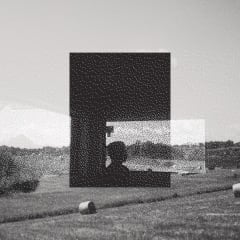The daughter of a Montana rancher isn’t happy with the hit cowboy soap opera. And she’s not alone.
My Montana looks like Yellowstone’s. Wide blue skies churn clouds the size of small cities; cowboys gallop through the sage to turn wayward calves; snowy mountains glow pink in last light.
My white-mustachioed father dons silk neckerchiefs and Stetsons. Once, at the Bozeman airport, he got asked if he was an actor on the show. Like the fictional Duttons, we ranch not far from that city swelling with money and outsiders.
America’s favorite TV show holds themes familiar to any Montanan. Yellowstone is the story of a family struggling to hold onto an old way of life in the face of rapid change. The Duttons fight to protect their beloved piece of Montana against outside forces that threaten to sully, steal, sell it off.
In a ballooning, changing Montana, our worries have a national audience. So why do I, like so many Montanans, feel allergic to the show?
For instance, I’m not convinced that Yellowstone is fueling a population boom that recreates the very changes and land loss combated in the show. This did play out in pockets of Montana where tensions swirled between film crews and locals. Yellowstone brings tourists, and surely some fans have decided to settle here after a visit. But there are much larger factors at play behind Montana’s population boom — COVID, remote work, high retirement rates. Boise, Idaho, is experiencing similar growth to Bozeman, after all.
Nor am I turned off by the show’s politics. My mom, an Eastern Montana farm girl turned progressive organizer, nearly growls over the image of ranching as macho, conservative, violent. I’d argue that Yellowstone’s politics aren’t that cut and dry. Look at the show one way, and Montana does seem like the last best place for masculinity and self-reliance. Squint a little differently, and it’s an opus against greed and environmental destruction.
And yet whenever I remembered that I was supposed to write this piece, I got itchy over the idea of watching Yellowstone. Instead, I talked to other Montanans about the show. I started noticing a pattern, and with it, an aversion that predates Yellowstone’s first pitch meeting.
*
Caitlin Dutiel works on our ranch, moving cattle on her mustang, Walter. Caitlin is the ultimate horse girl. She grew up out East riding English and participating in equestrian vaulting (gymnastics on a moving horse). She fell in love with the idea of the West through advertisements and TV shows. She wanted to know if the images were real, and ended up falling in love with the actual Montana — and an actual cowboy.
Six years ago, Caitlin adopted Walter at a government auction. She picked out a kind-eyed bay in a sea of never-touched mustangs.
Despite her experience with horses, she wasn’t the first to pet Walter. She gave $100 to an experienced mustang trainer to slowly work up to touching him. Caitlin gained Walter’s trust, bit by bit.
On Yellowstone, Kayce Dutton ropes a stallion out of a herd of wild horses. He bridles the mustang and loads him into the horse trailer. Caitlin, who took over a month to first bridle Walter, was incredulous and gave up on the show.
*
My sister Brady watches Yellowstone. She’s blonde, a spitfire, and a tireless public defender. I call her “The Beth Dutton of Justice Reform,” a characterization she loves — she’s a strong female character who likes strong female characters.
When she first started watching Yellowstone, Brady texted fact checks to a non-Montanan friend. In one scene, a cow struggles to give birth, and the cowboys put on gloves to help. My sister has been the night calver on our ranch (I wrote about night calving here.) She informed her friend: “Only little bitches wear gloves when pulling calves.”
*
My friend Josh “Fuzzy” Pallister gave up the show over a different inaccuracy. Fuzzy chases mountain lions in the peaks surrounding our valley. He’s a Montana renaissance man; his fingers resemble sausages from building cabins and cutting up countless elk. Fuzzy fattens calves to slaughter — he quit Yellowstone when a few alfalfa bales killed off hundreds of cows.
*
A shibboleth is a word that marks an outsider by their inability to pronounce it. In New York, it’s how you say Houston Street (think how-stun); in New Orleans, it’s Tchoupitoulas Street (chew-op-olis? I’ll never get that one down).
A few summers ago, some Brooklyn friends rented an Airbnb on the Rocky Mountain Front. They called me — the resident Montana whisperer — to go over their plans for staying in Choteau. The name rolled off their lips with a delicate French pronunciation. They sounded like they were headed out for croissants on the Riviera, not to a landscape where joggers carry bear spray in case of grizzlies. I interrupted: “It’s pronounced show-dough.” I made them practice until I was satisfied they wouldn’t be laughed out of town.
Montana has a long, complicated relationship with outsiders. We share what generation we are early on in conversations (conveniently ignoring the thousands of years of human history that precede our family’s 1864). We’re a tourism state that calls itself The Last Best Place. The beauty of Montana’s wildness holds a funny tension: The allure of its long, empty landscapes is sullied by too many people standing in the frame.
And so Montanans bristle over the tourists who fuel huge sectors of our economy, and over newcomers who love the view, but don’t quite understand the place. When Montanans talk about the population boom, they often wonder out loud if a cold snap might change the newcomers’ minds, as if Californians could be frozen out like pine beetles.
Montanans can forgive Yellowstone’s more outlandish plot lines but not the shibboleths — the ways in which their own experience of this place gets muddled on the show’s tongue.
Montana, which can hit negative 50 with wind chill, demands attention to live in it. And so the pattern: Montanans can forgive Yellowstone’s more outlandish plot lines — this is a cowboy soap opera after all — but not the shibboleths, the ways in which their own experience of this place gets muddled on the show’s tongue. You can’t make a quick drive from Billings to Canada, you don’t need gloves for pulling calves, fly-fishing from the back of a horse is a terrible idea, the Broken Rock Reservation doesn’t exist, and you can’t out horse the horse-girls by quickly taming a mustang.
Obviously all TV shows contain mistakes. Caitlin loves the show Suits and she pointed out that it surely contains annoying errors for any lawyer watching it.
Yet this goes deeper for us.
Country music became popular in the U.S. at the moment when the majority of the population changed from rural to urban. Songs of red dirt roads and old ways of living found an uprooted, nostalgic audience.
In Montana, according to the 2022 Census, the population is teetering on the edge of the majority having been born elsewhere. Nearly all of our statewide politicians are from out of state.
Yellowstone is a country song about the very real changes happening here, and I can’t blame the rest of the country for listening. But it’s a new recording of Montana’s favorite old song, a song we’ve been singing for as long as I can remember (indeed, everything I write seems to be this with a slightly different glaze; using “shibboleth” forever marks me as an overeducated outsider forever trying to return). The lyrics are garbled.
Yellowstone is a show about Montana, but it’s not a show for Montanans. The show has ended. A changed Montana goes on changing.
